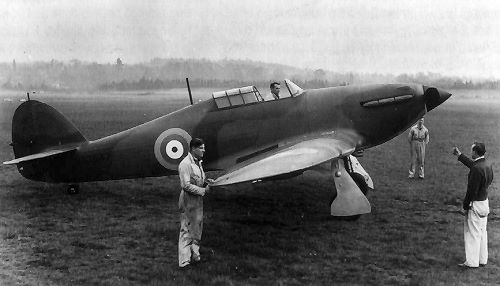Quote:
Originally Posted by .Cd

Can we do the same sort of thing with our cars ?
I would think there would not be enough force behind our puny exaust pipes to do any good.
|
Exhaust flow would probably be much to low. You could argue that every bit helps, but that gas can be put to better use.
In my opinion, the most logical use of exhaust gas would be to improve the cooling system. Build a divergent/convergent plenum around the radiator and vent the exhaust gas tangentially to the convergent duct's walls. The increase in flow will help decrease cooling system pressure loss.
You could either the vent the radiator outlet on the hood to kill lift (best solution) or vent it to a diffuser on the underside of a skirted car to create down force (essentially an F1 technique).
Another cool, albeit impractical technology used during WWII was exhaust ejectors. I haven't been able to find out exactly how they work (I'm pretty sure they are more than rearward facing exhaust outlets). I've heard they had the equivalent effect of adding 100hp to the Hawker Hurricane's top speed, but take that statement lightly.
Hawker Hurricane Exhaust Ejectors

Quote:
Also I'm confused about whether a large exaust pipe and free flowing muffler or a tiny exaust pipe with a stock one is better for fuel economy.
I have seen arguments for both.
|
The goal is to size the exhaust system to aid peak torque at the rpm you want. Exhaust systems are tuned by length and diameter for a certain rpm. Increasing diameter will probably raise peak torque. Apparently it is not easy to tune an exhaust (a lot of testing/experimentation) so it would probably be best to stay OEM.
- LostCause